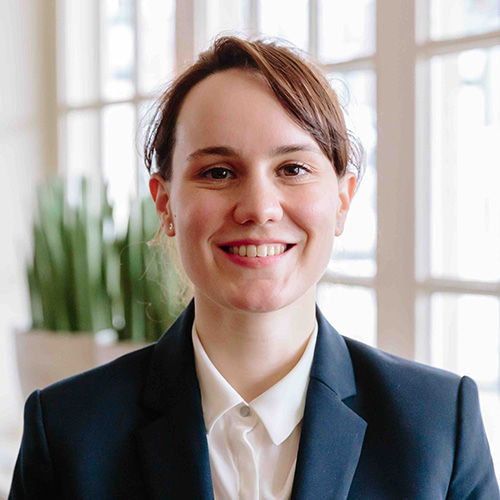The winning consortium
It is no surprise that one of the Sustainable Development Goals (SDG), Goal 17, focuses on partnerships. Goal 17 underlines that strong partnerships and cooperation are crucial for the realization of SDGS. “The world is more interconnected than ever. Improving access to technology and knowledge is an important way to share ideas and foster innovation.”
Although Goal 17 focuses on improved partnerships between governments, its message transcends to development cooperation.
Building consortium has not only become a must-do to address challenges more effectively, but it is also a growing requirement from donors. NGOs now need to join forces with various actors from the private sector and civil society to strengthen their capacity to make a positive impact.
Truth be told, it isn’t a trend that is likely to go away. So here are dos and don’ts of consortium building to help you create lasting and healthy partnerships that have the potential to tackle some of the world’s most pressing issues.

Build a solid presence on social media platforms
In many cases, initial core consortium will involve your “friends”- partners that you already work with. Though it is a natural way of selecting partners, it is not the right one as your current partners might not be the best fit to help you address the problem at hand.

Know your environment before proposing “potential problem solvers”
Analyze the stakeholders and context, see who the key players are and who can work with you to address the issue. Without a thorough context and actor analysis, it won’t be possible to understand the problem you are trying to solve and derive the right interventions and target groups and stakeholders.

Do not duplicate efforts, identify your added value, and complement each other
As a consortium, you need to know how you are contributing to the existing projects in the country and be clear on what value each consortium partner is bringing to the table. The donors are looking to expand their portfolio with new projects, which will contribute to their existing investments. In addition, forced partnerships are usually doomed to fail. If you haven’t discovered the natural synergy between you and your partners, you won’t be able to convince a donor why your partnership is the right one to invest in among many others.

Ensure shared decision making and have clear responsibilities
Every consortium works towards a common impact or objective. As such, you need to ensure that all consortium members are equally invested in achieving your common goals and have clear responsibilities aligned with their capacities. Without proper involvement and shared decision-making, you cannot build a successful consortium and maintain transparency and collaboration.

Strengthen each other’s capacity and have room for improvement and adapting to changing conditions
Building trust among consortium members takes time. It is thus essential to create a safe environment where members can recognize their shortcomings, ask for help, evaluate, and adjust their interventions when needed. It is also important to be open to adding new competences and skills to the consortium, if necessary, by welcoming additional partners selected jointly.

Do not start too late
Some organizations only reach out to partners once a proposal deadline comes knocking at their doors. However, you should not let fundraising opportunities dictate which partners to work with. In fact, you should do quite the opposite. You should use your deep understanding of your mission and your knowledge of the environment to proactively liaise with key actors in your sector or beyond and lay the foundations for potential fruitful collaborations in the future. If your organization is dedicated to addressing certain issues with an adequate track record, you are already talking to the right partners and stakeholders.
Initiating and maintaining strategic partnerships with consortium members takes time and effort, and sometimes takes you out of your comfort zone. However, the ability to design the appropriate interventions through such consortium is most definitely worth the effort!

Naz
Added to her track record in institutional fundraising, proposal development and grant management, Naz has in-depth experience in MEL, and multi-country consortium building.
stay up to date
We have at heart to be a resource to you. According to your preference, we will share insights, trainings, networking events and career opportunities that might be of interest for anyone from entry-level to seasoned professionals.
Contact
Phone
+31 (0)6 30 69 45 95
Address
Eursinge 8, 7935AB Eursinge (de Wolden), The Netherlands
228 East 45th Street, Suite 9E New York, NY 10017, USA
info@hvfc-international.com
Join us on
© 2024 HVFC International. All rights reserved.
HVFC ® is a registered trademark of HVFC International B.V.